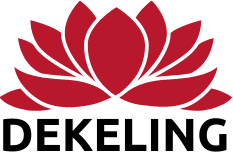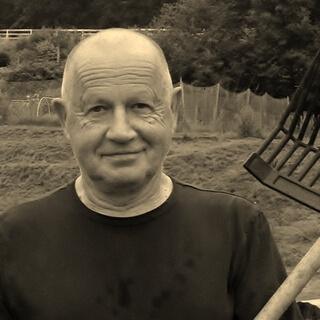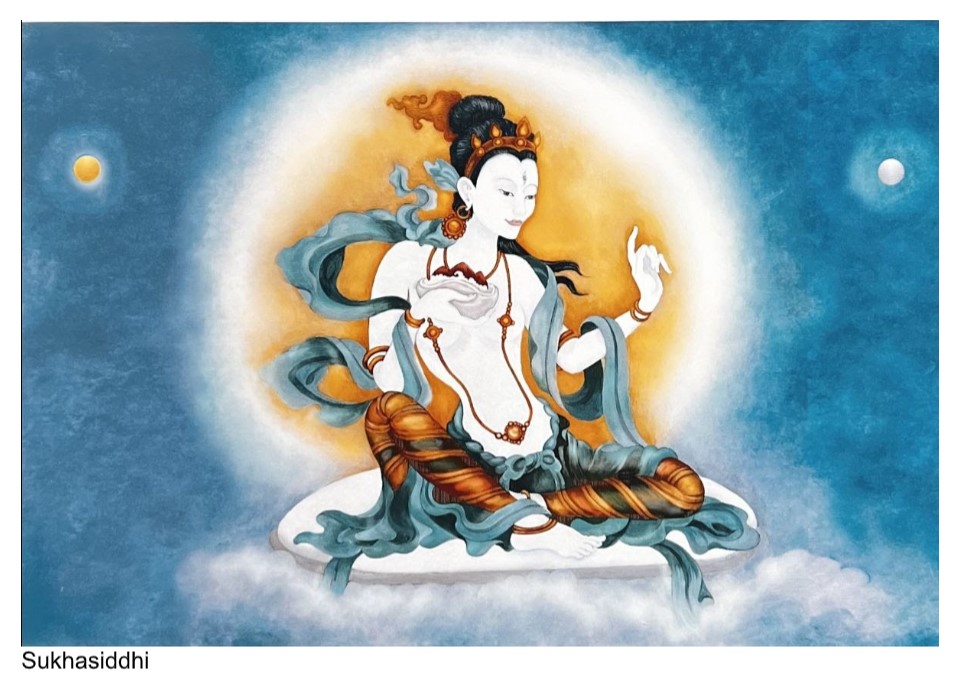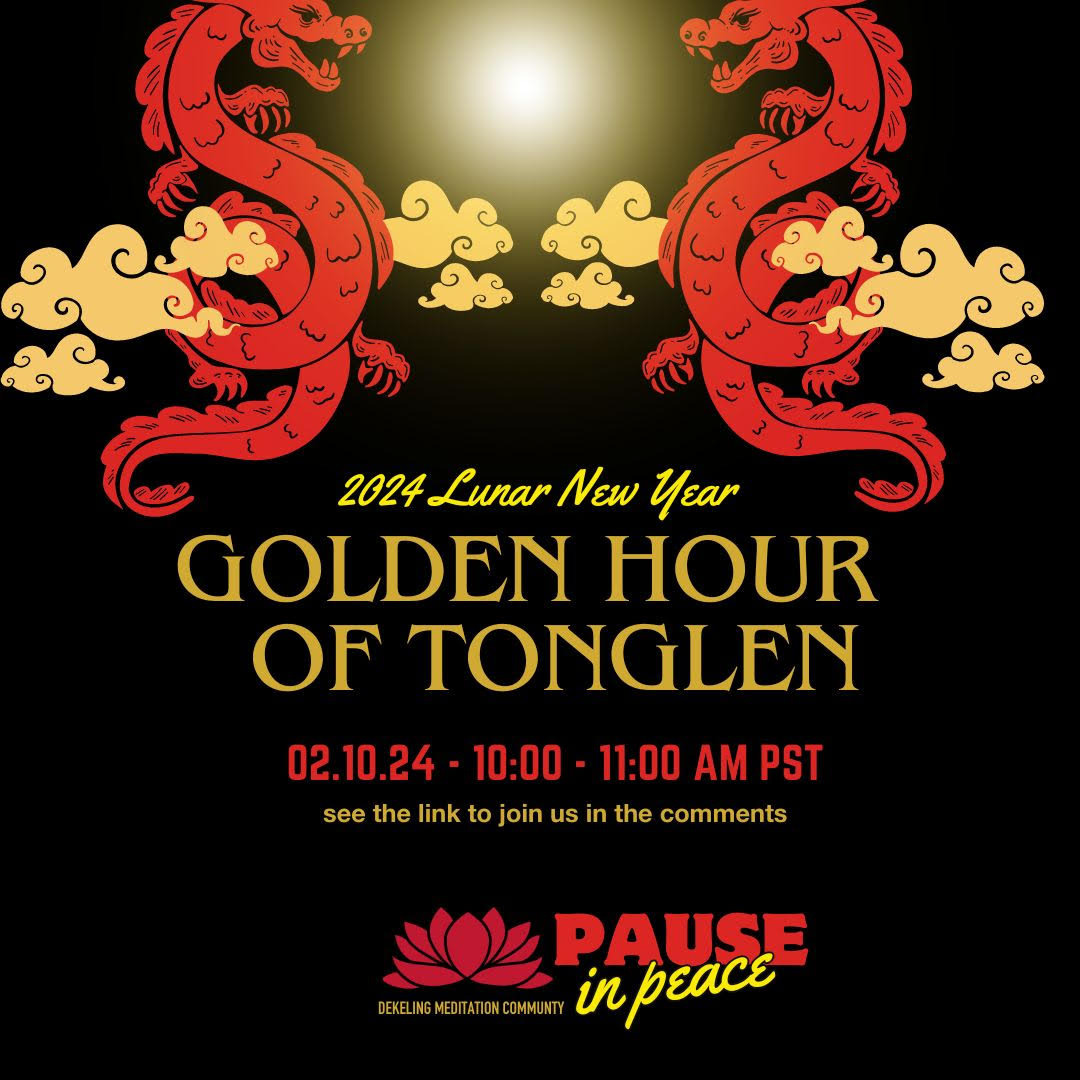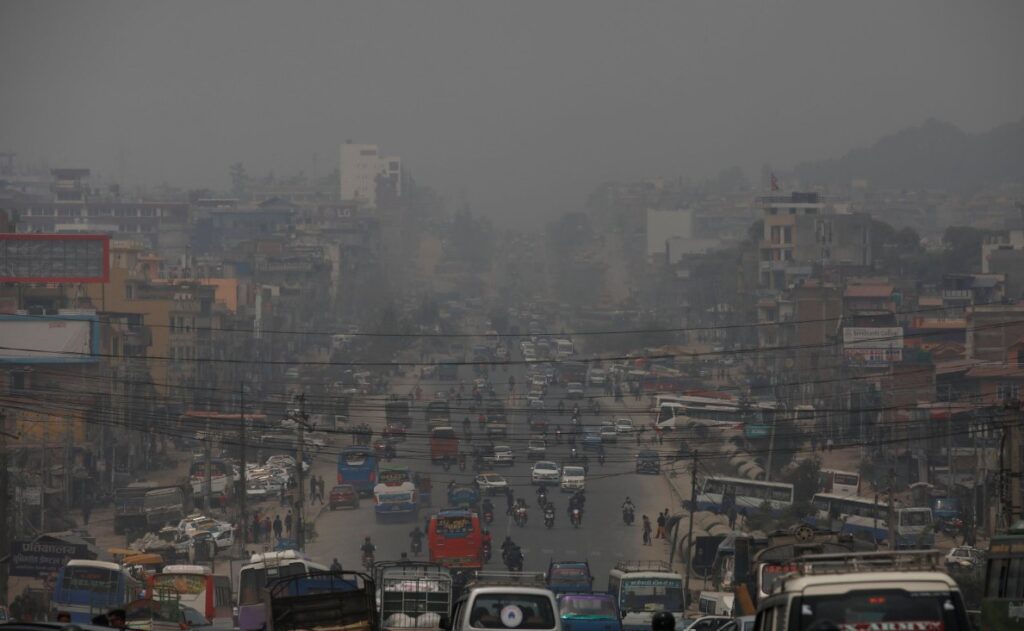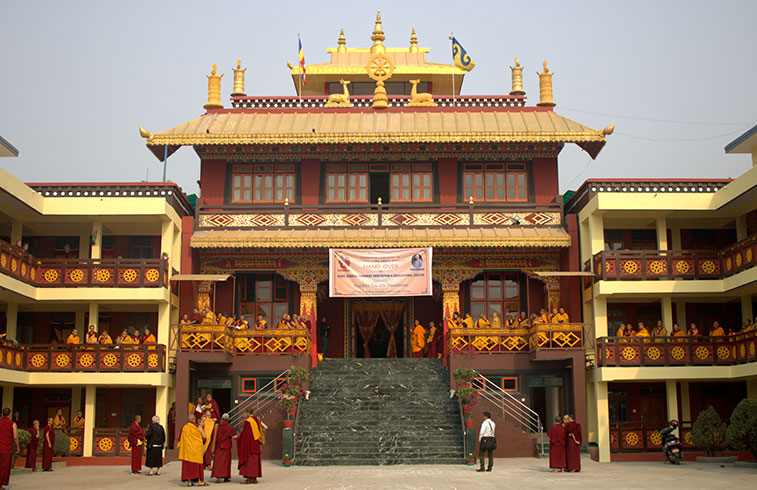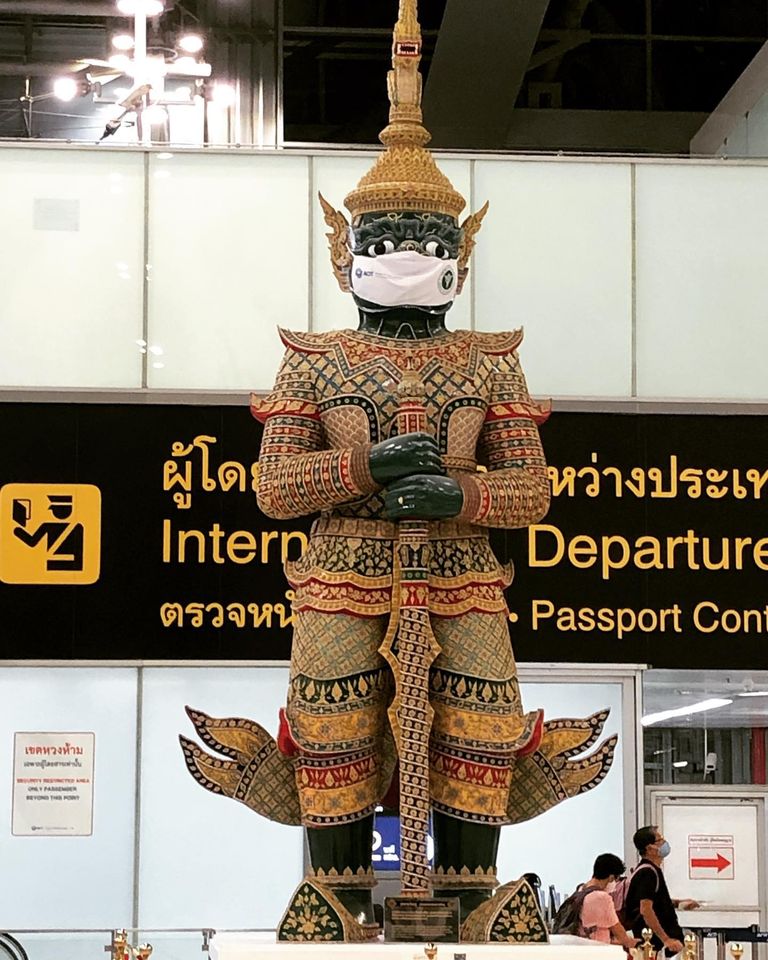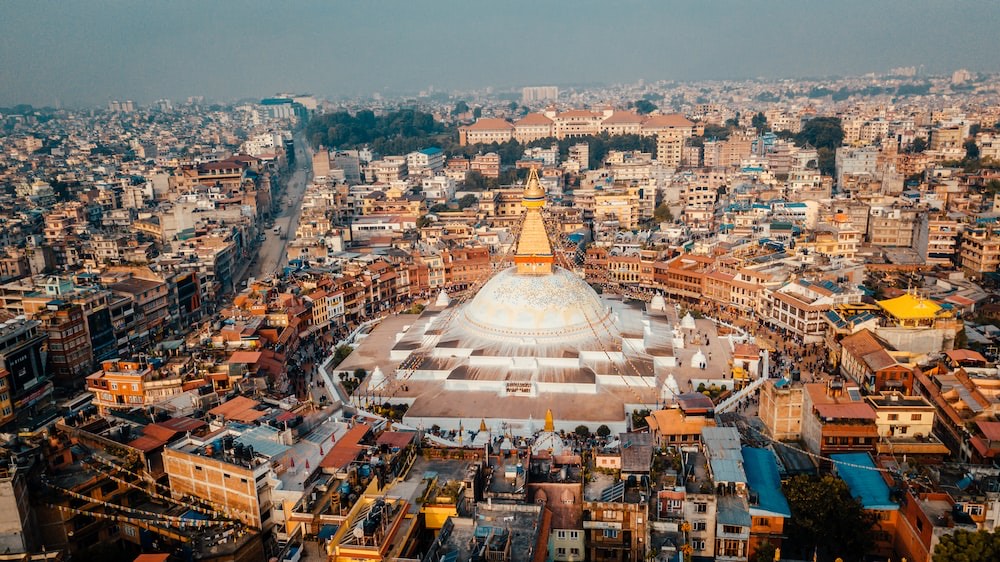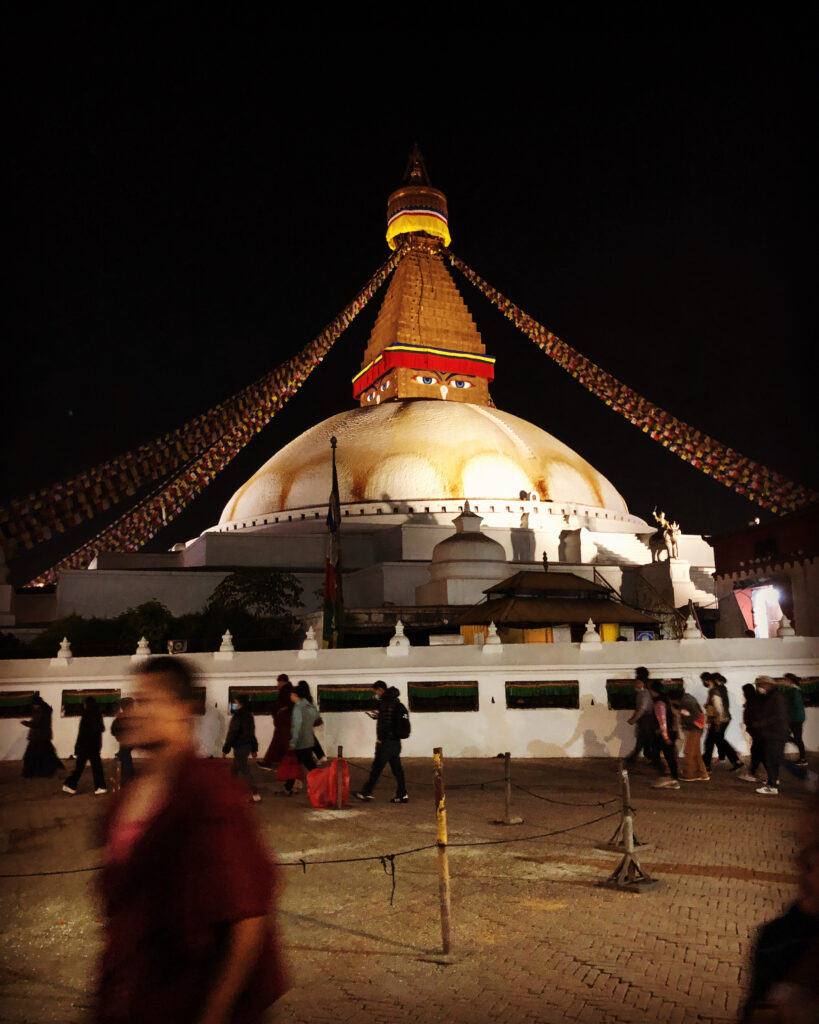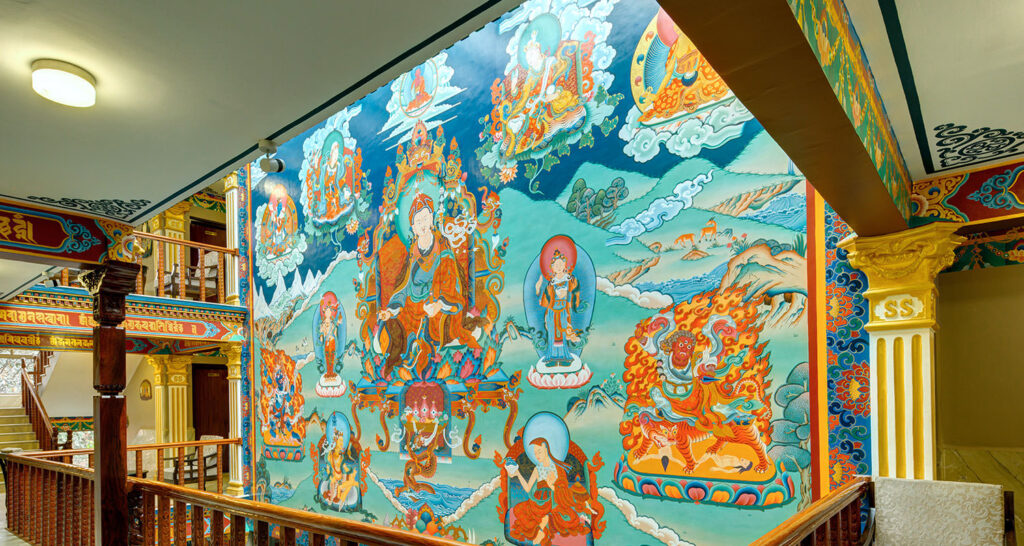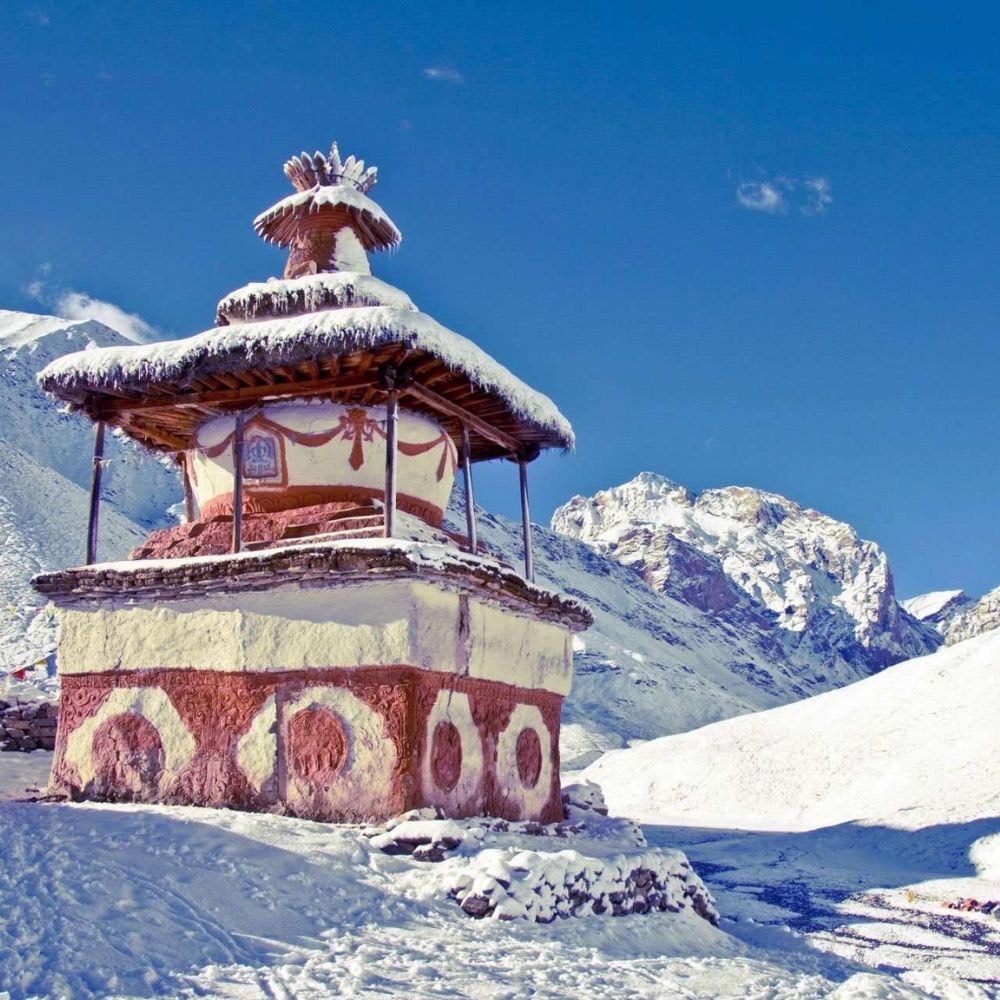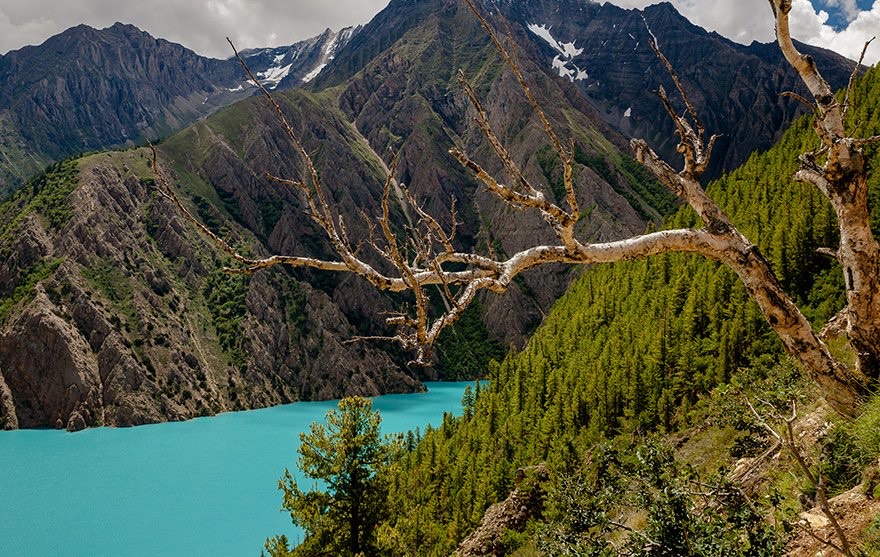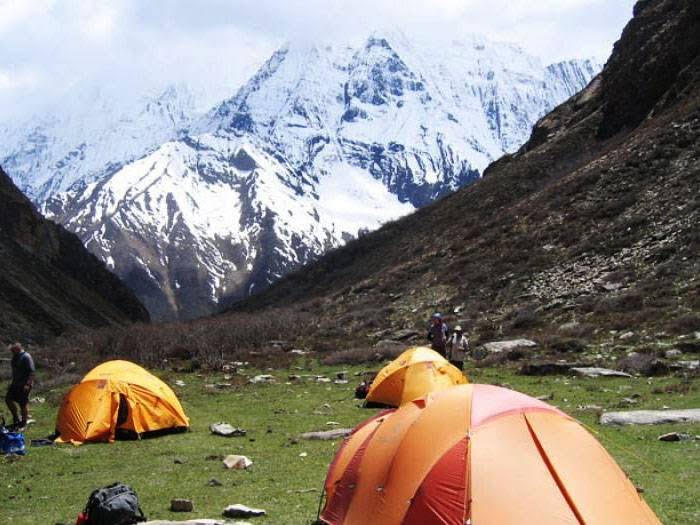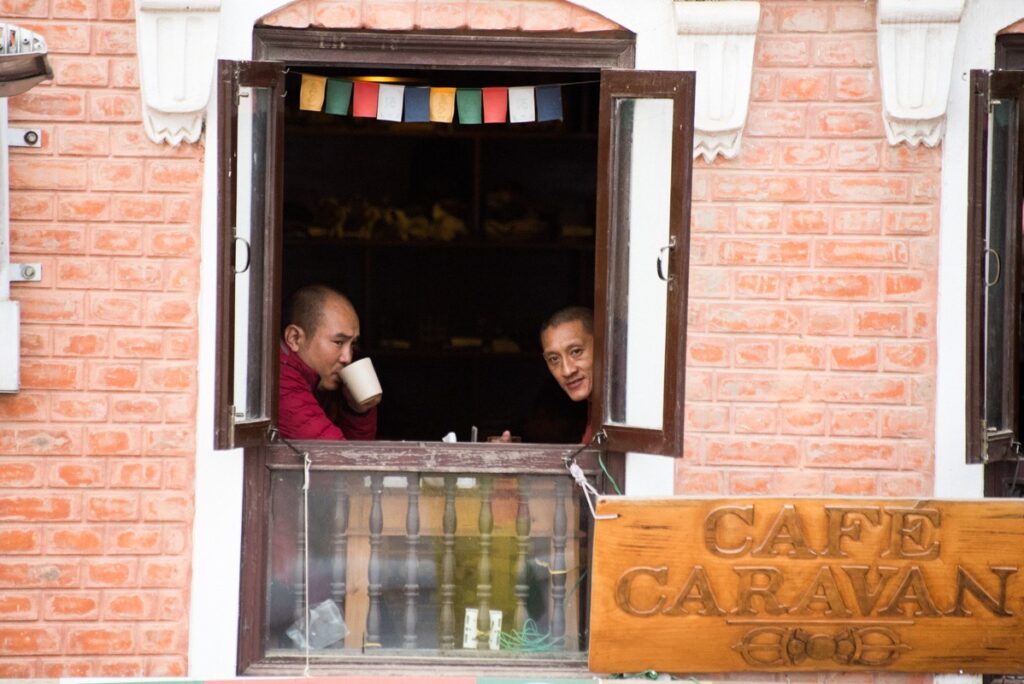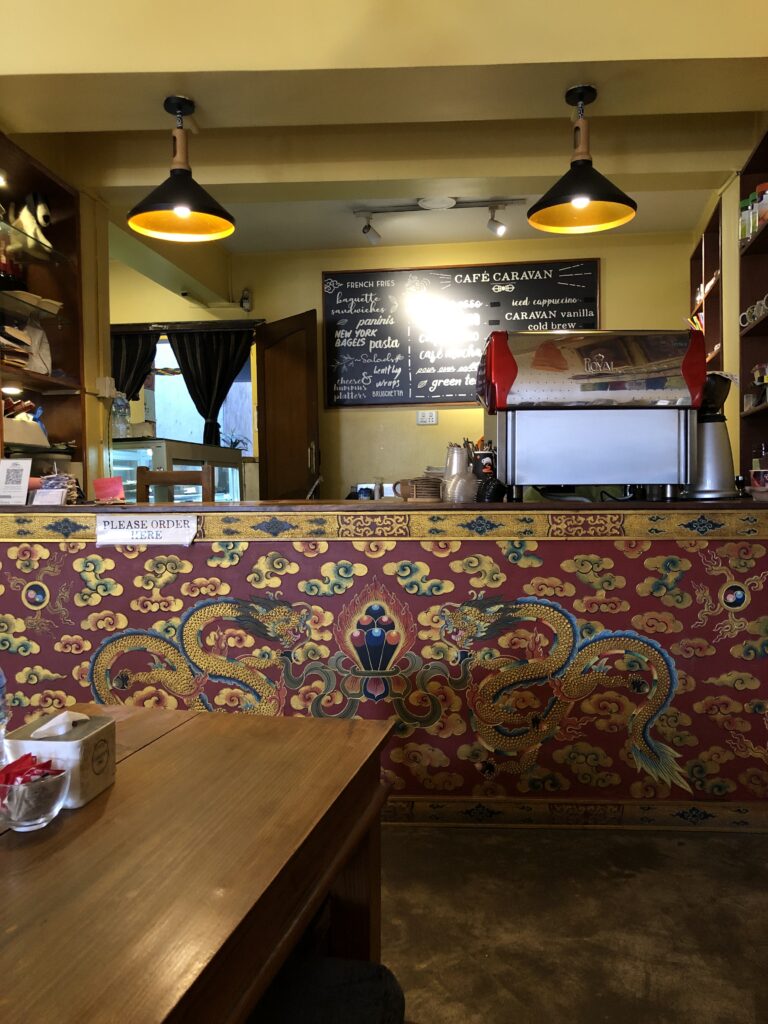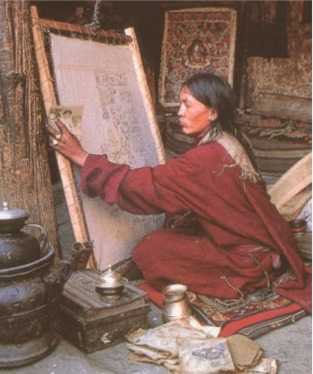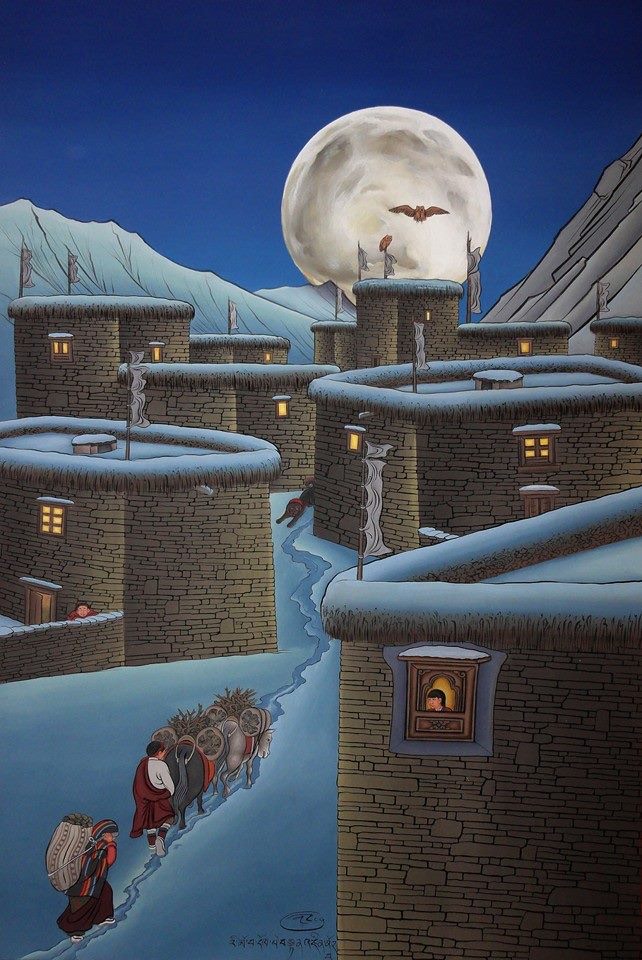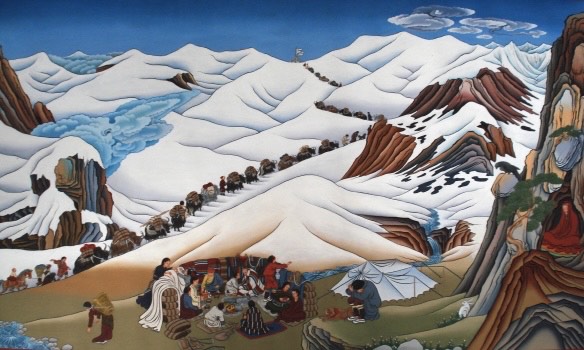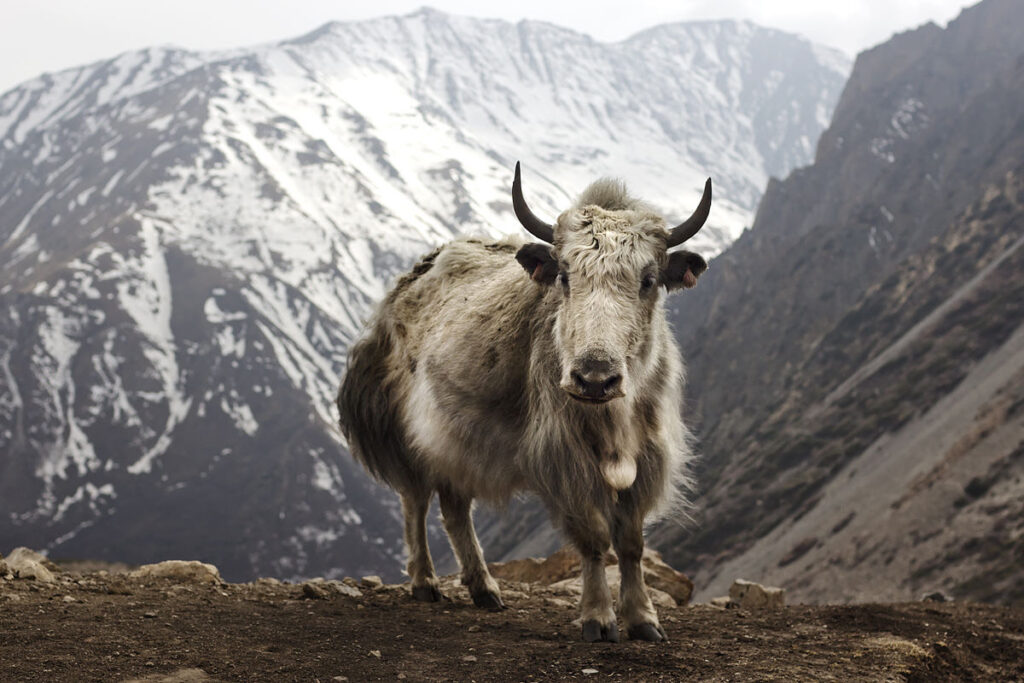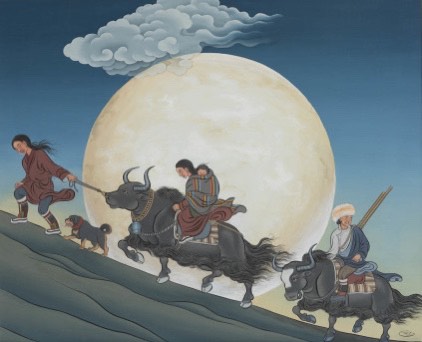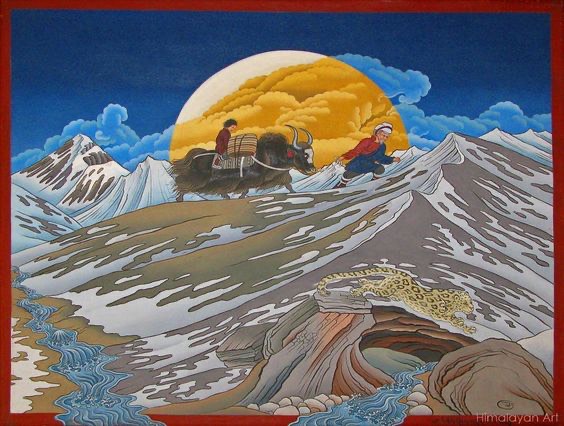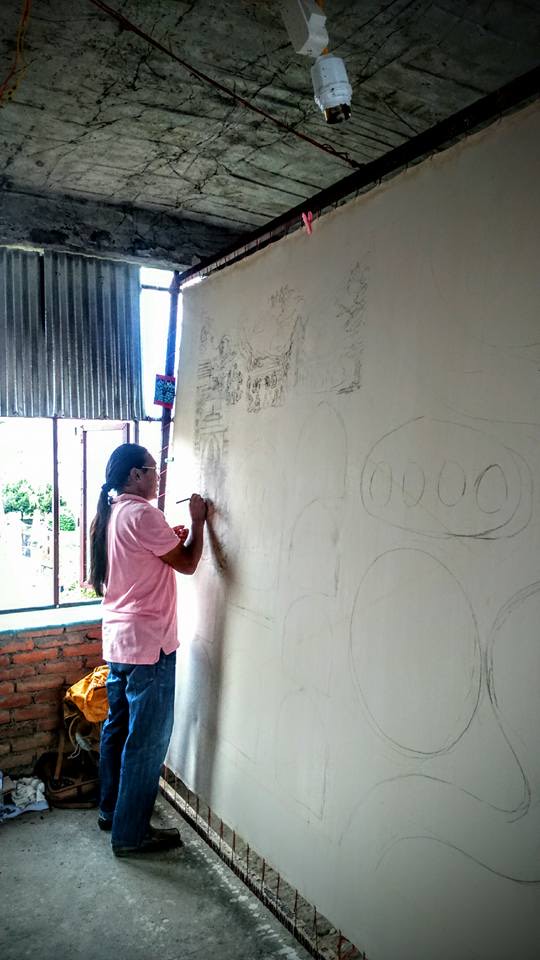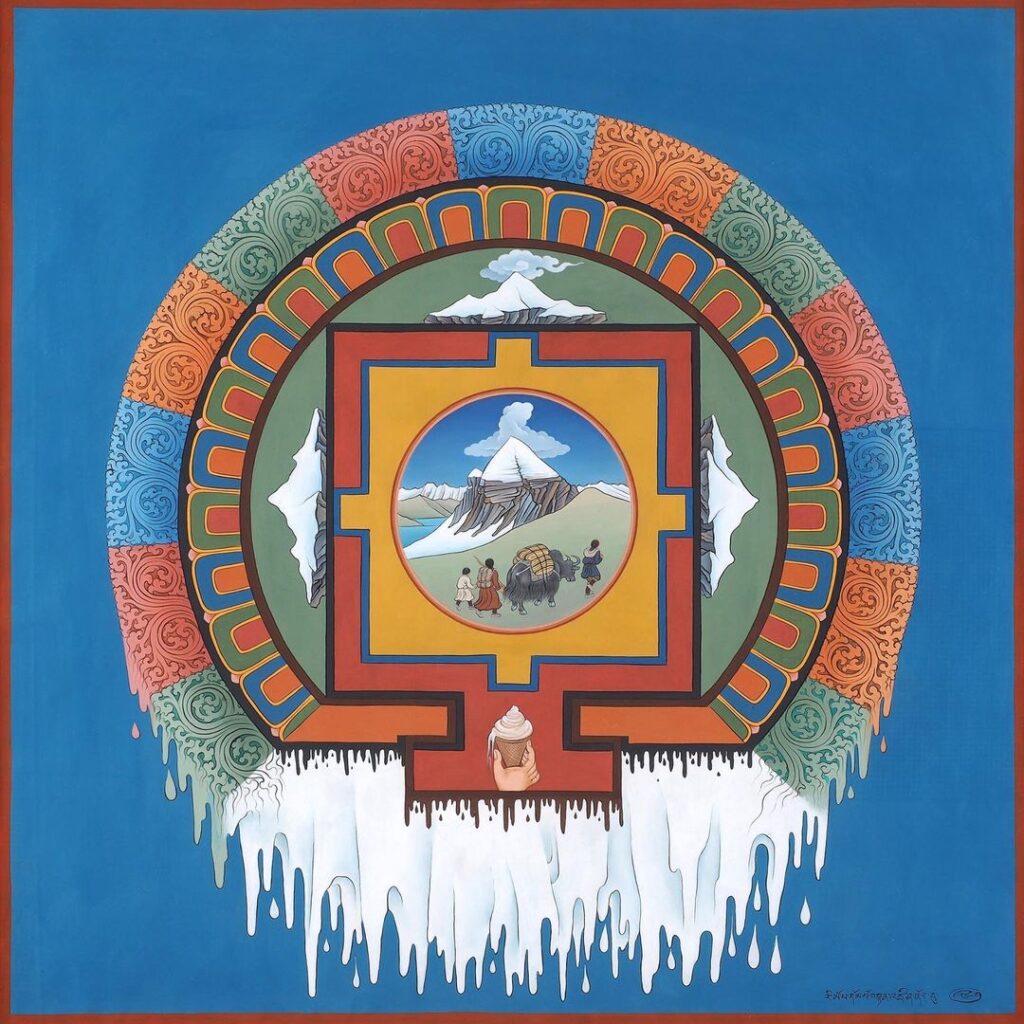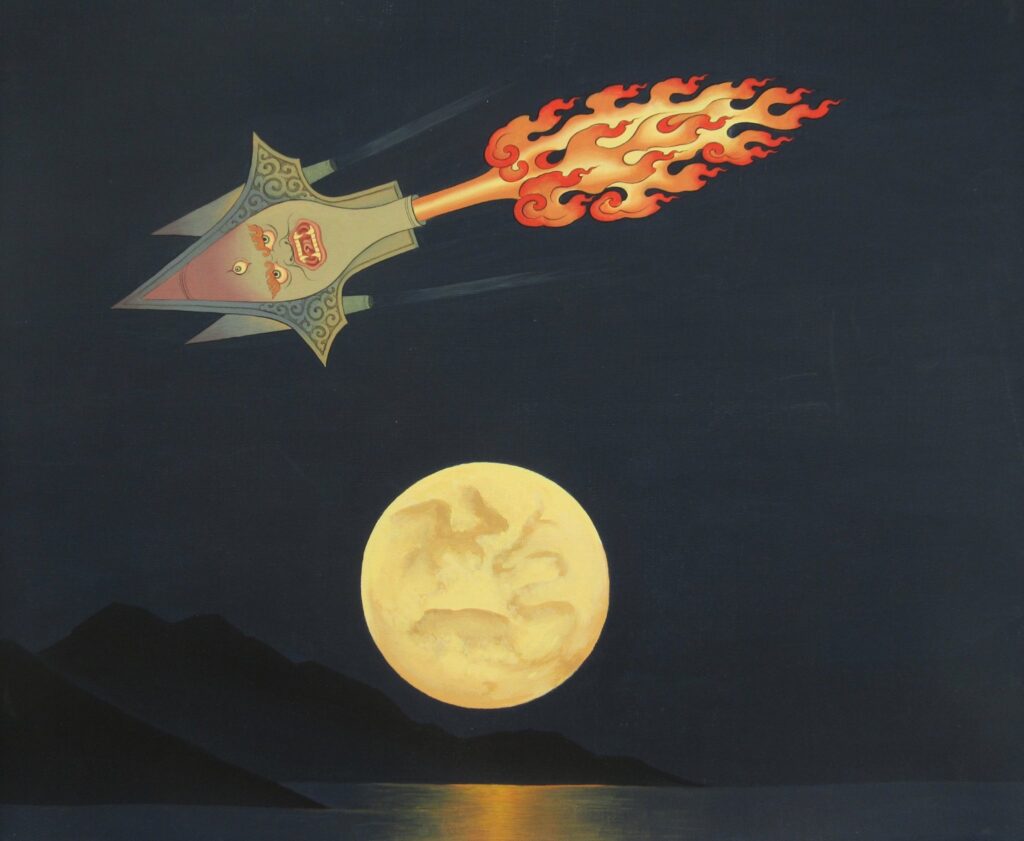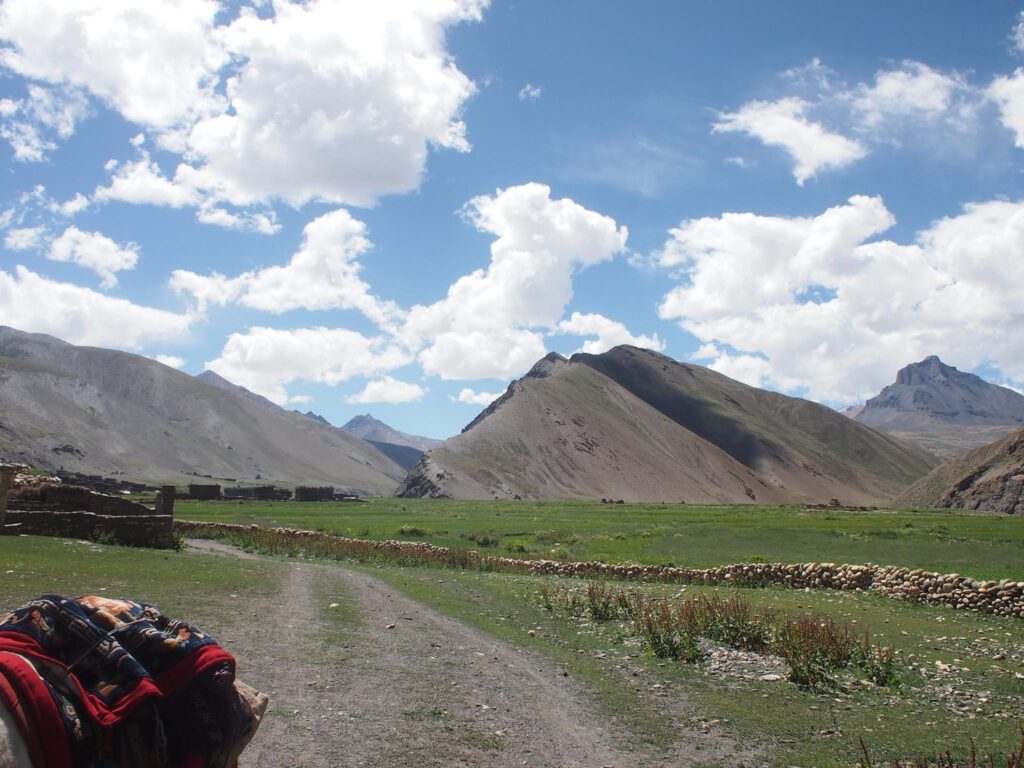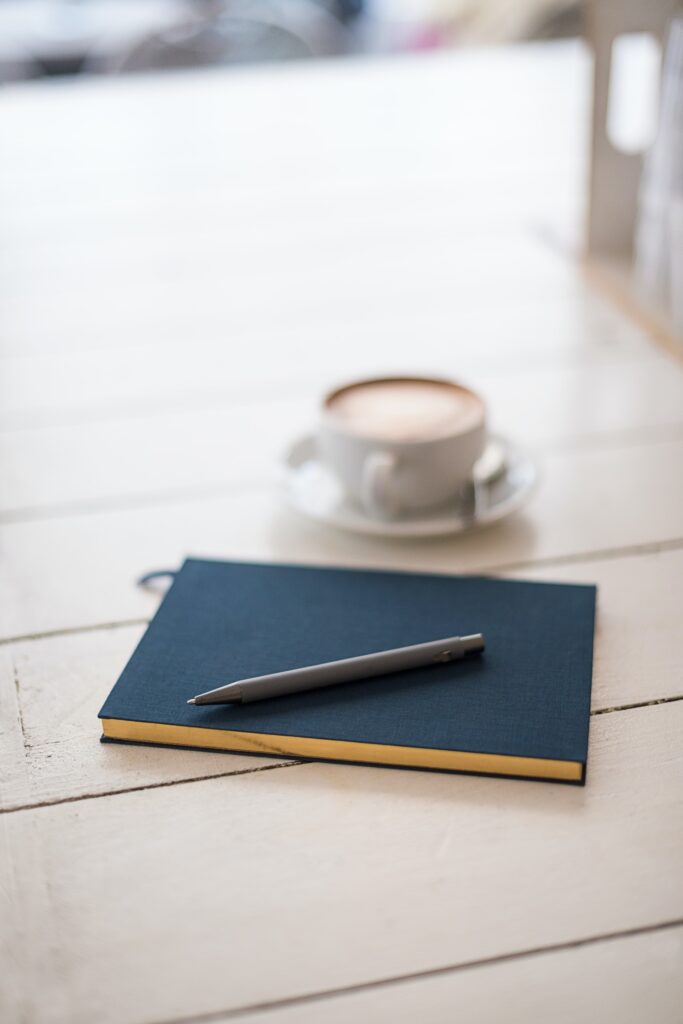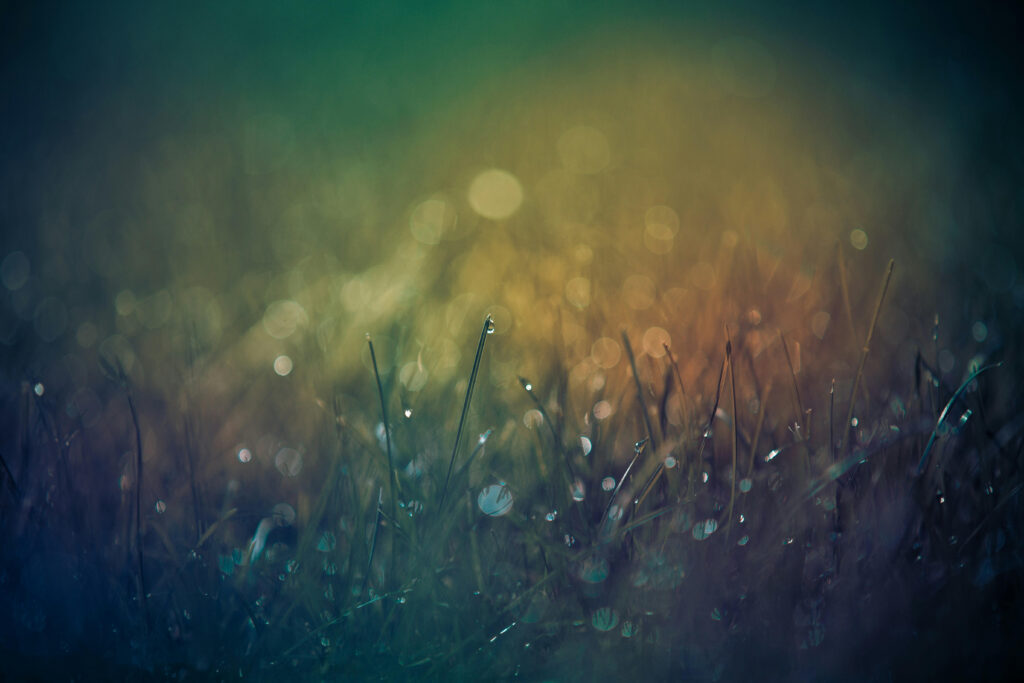
This has been a month of reflecting on Dekeling’s past year, in order to prepare for 2025, and so naturally I have also spent a lot of time thinking about our possible futures as a community.
Today, just before waking up, I had a dream about a future where I attended Dekeling as a student of the people who practice there now. That’s you.
You.
In the dream, I came to Dekeling and I stayed for some years, and learned the way of compassion from those who were well-trained and steadily focused on the well-being of others, and I was pleased to see that they were very much on the way to alleviating their own suffering by having devoted their life’s energy to the Bodhisattva Path while they worked as carpenters and pilots.
I learned fearlessness from the Green Tara practitioners who chanted in English and Tibetan in a beautiful room devoted to Tara and her many blessings. The Green Tara folk had come to rely on awakened compassion as a means to see through the allure of worldly attachments and the sticky cleverness of klesha-mind. They were noble in their countenance—both the very young and the very old—and I noted the way that they were ready to spring up on a moment’s notice into action. There were Medicine Buddha folk, and Chenrezi folk, and the masters of the smoke offering and other rituals, who gathered every morning at a large fire pit outside to confess our harms, and to renew our aspirations to be harmless, open, and loving.
I learned from the generous young bookworm-scholars, happy to correct my incomplete knowledge and flimsy facts, and I was glad for their nonjudgemental commitment to accuracy of transmission. Many were fluent in Tibetan and Sanskrit, as well as Spanish and Chinese and several indigenous languages, and there was a calligrapher washing old-school brushes at the sink.
I learned community building from those who took western knowledge and seamlessly joined it to the dharma understanding of interconnectedness and who had, over years, strengthened the living container of sangha for future generations, including me in the dream. These folks held a living knowledge of our lives together across time. There was a chant about our history that was sung on the lunar New Year.
I learned without ever speaking a word about anything from the ‘secret practitioners,’ those whose main quality was ‘no-big-deal’ dharma. These yogins lived simply and carefully practiced what they’d been given, free from the useless clutter of intellectualizing and pride. They glowed. They laughed, they were quiet, they brought little trays of healthy snacks so neighbors stopped in sometimes just to enjoy.
I learned from those dogged Lojong folk in so many disguises—business people, writers, tech innovators, actors, healers and plumbers—how to open my heart in each moment of the ordinary person’s day, and how to use the steel will of bodhicitta to melt hatred in all of its forms—including self-criticism. They were a wise and steady bunch with great senses of humor. They were helpful when I locked my keys in my car.
I learned art practice and the marvelous way it lifted me up right out of thinking mind into a sublime experience free from the fetters of words; and I learned sacred music, and it permeated every service, and even our work. There was a community choir and several composers.
I learned from the temple space keepers, the tea-makers and the cooks, the greeters, the cleaners and those who cared for the sick and dying. I learned from the children and old-wise-ones, and the mysterious, unusual person sleeping on the bench by the wall near the shoe rack. I saw someone confidently setting up the altar and someone else tending the many plants. Everyone was teaching someone else something. There was no gate-keeping of knowledge and power.
I learned in a beautiful library, and an old person sitting quietly at a desk organizing the books and the reading glasses while children drew and whispered.
I learned from George, whose voice and heart survived on podcasts we made way back when. It seemed like I remembered his voice.
I learned from visiting the stupas of Chozen and Hogen, my old friends. And I saw a small reliquary for my teacher, Lama Michael. Bokar Rinpoche and Khenchen Rinpoche had special gratitude gardens in their honor. Medicinal herbs were thriving nearby, all labeled, with special scissors and help for taking some home. The paths were clear and wide and many people did walking meditation and lay on the grass. Dogs wandered in the little dog playground.
I spent time in the dharma treasure room and ancestor room, where people sang songs of our spiritual ancestors three times each day. It was always open for those with yearning hearts to sit quietly in good company. I learned from those beings, without ever having met.
In the dream, I really just came one day for the tea, but I stayed for decades, and the whole place felt like home, so I learned a lot gradually and without arrogance or pride, because even though everyone was teaching someone something—no one there seemed to be teaching those two things at all. In fact, I never heard those words mentioned in the dream, now that I think of it.
